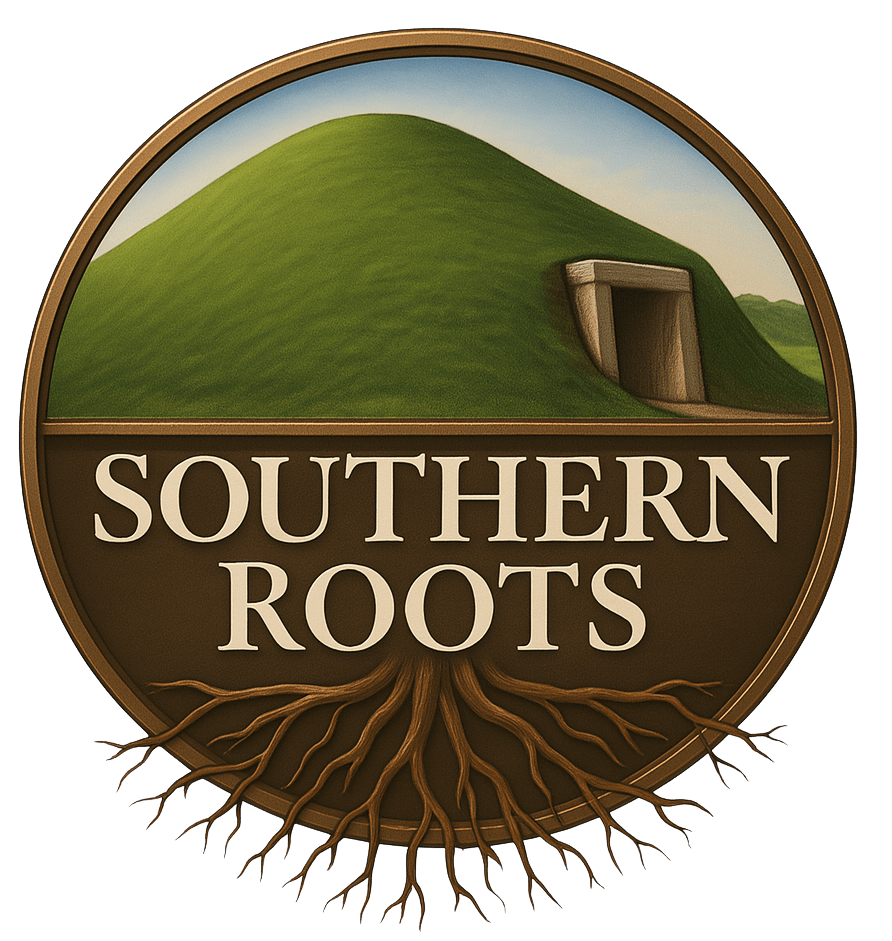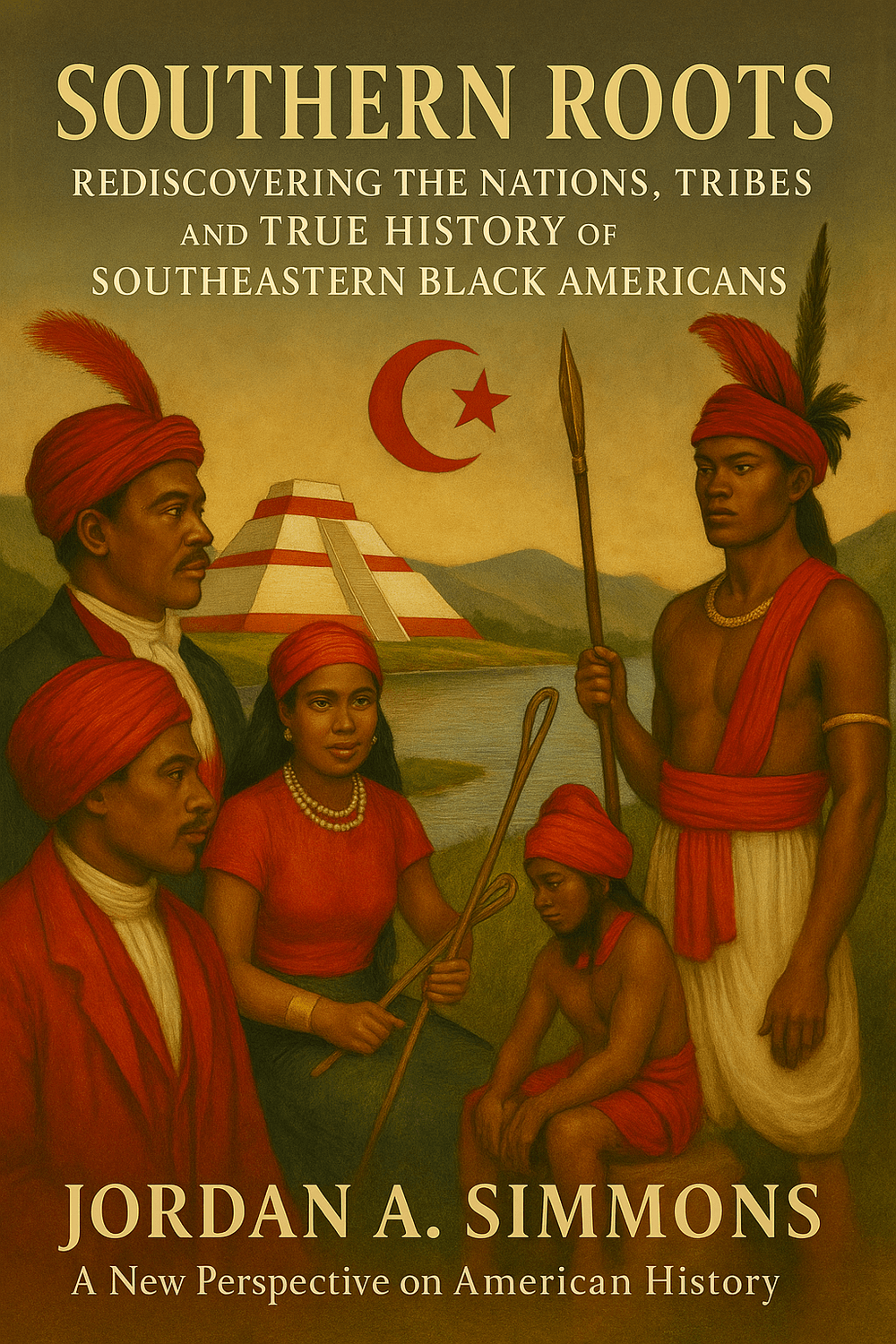Our Darkest Forefathers: When “Anglo-Saxon” Wasn’t White
What if the original “Anglo-Saxons” weren’t purely fair-skinned northerners, but a fusion of darker peoples from across Europe — Slavs, Berbers, and brown-skinned Norwegians?
Before race was a rigid caste and before “Anglo-Saxon” became a synonym for whiteness, England itself was a melting pot of complexions. The truth, recorded in buried place-names and bone structure, is that the people who formed early England were not all blond-haired and blue-eyed. Some were broad-headed, brown-skinned, and even black-haired — and they left behind physical, linguistic, and historical traces that still speak today.
The “Brunette Belt” of England
In counties like Hertfordshire, Buckinghamshire, Dorset, and Wiltshire, scientists have found a disproportionate number of people with brown or black hair and darker eyes — traits that stand out even today in otherwise fair-skinned regions. These populations are as dark as those in Wales and Cornwall, traditionally considered strongholds of “Celtic” ancestry (Shore, The Origin of the Anglo-Saxon Race, p. 103).
This “brunette outcrop,” as 19th-century anthropologists called it, was so prominent that it couldn’t be dismissed as mere coincidence. While early theories attributed this to pockets of pre-Saxon Britons who escaped conquest, newer analysis revealed a more revealing truth: some of these dark-skinned features came from the settlers themselves (p. 104).
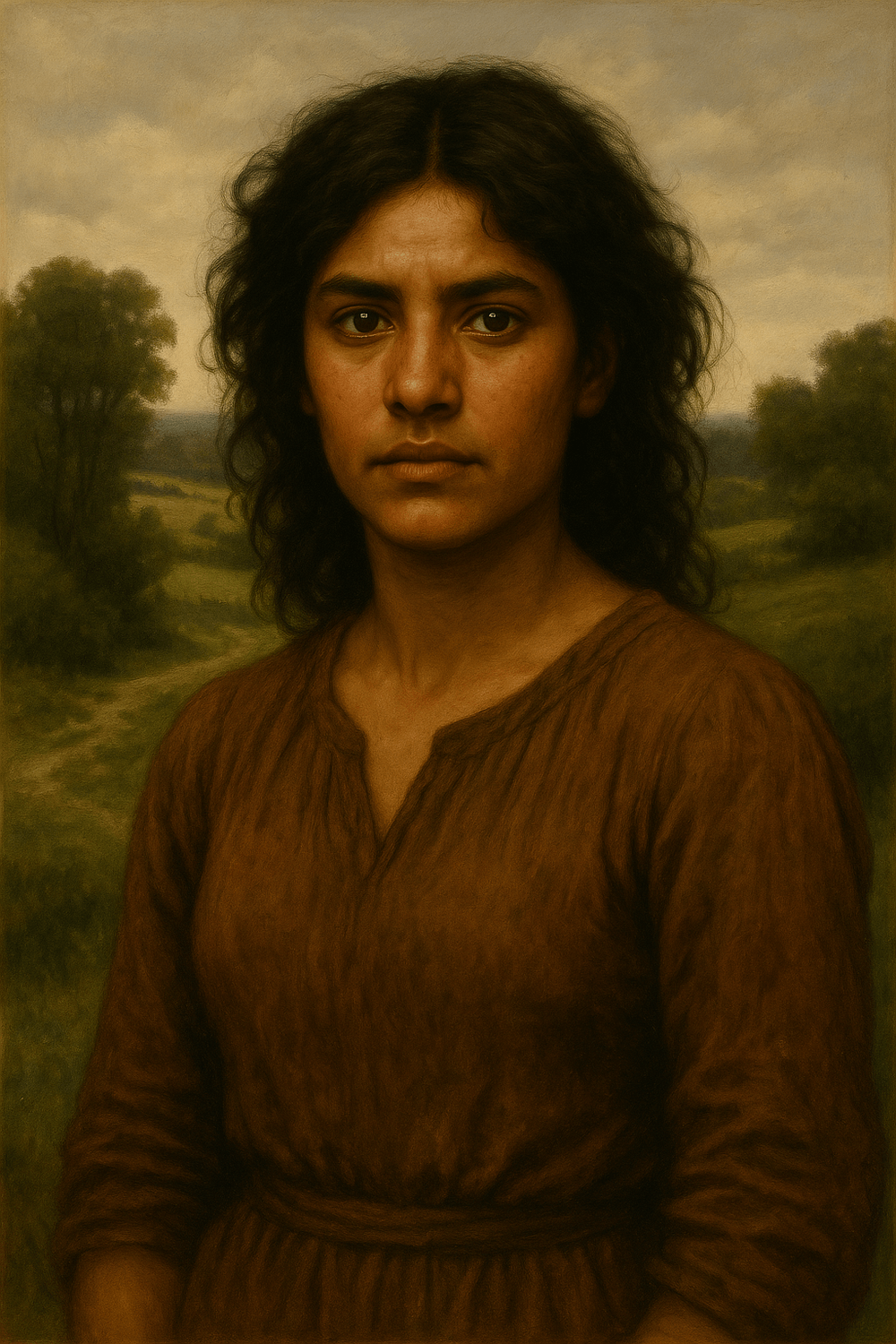
Figure 1.
“Brunette Outcrop of Early England”
This AI-generated portrait represents a member of the so-called “brunette outcrop” — dark-featured populations documented in Hertfordshire, Buckinghamshire, Dorset, and Wiltshire. Described by 19th-century anthropologists as having brown or black hair and darker eyes, these individuals may have descended from both pre-Saxon Britons and darker-skinned settlers like the Wends. (Inspired by The Origin of the Anglo-Saxon Race, p. 103).
Dark-Skinned Settlers from the East
Several early “Anglo-Saxon” settlers were actually Wends — a Slavic people from what is now Eastern Germany and Western Poland. The Wends were darker-skinned and broad-headed, and were still statistically the darkest population in Northern Germany as late as the 19th century (p. 104).
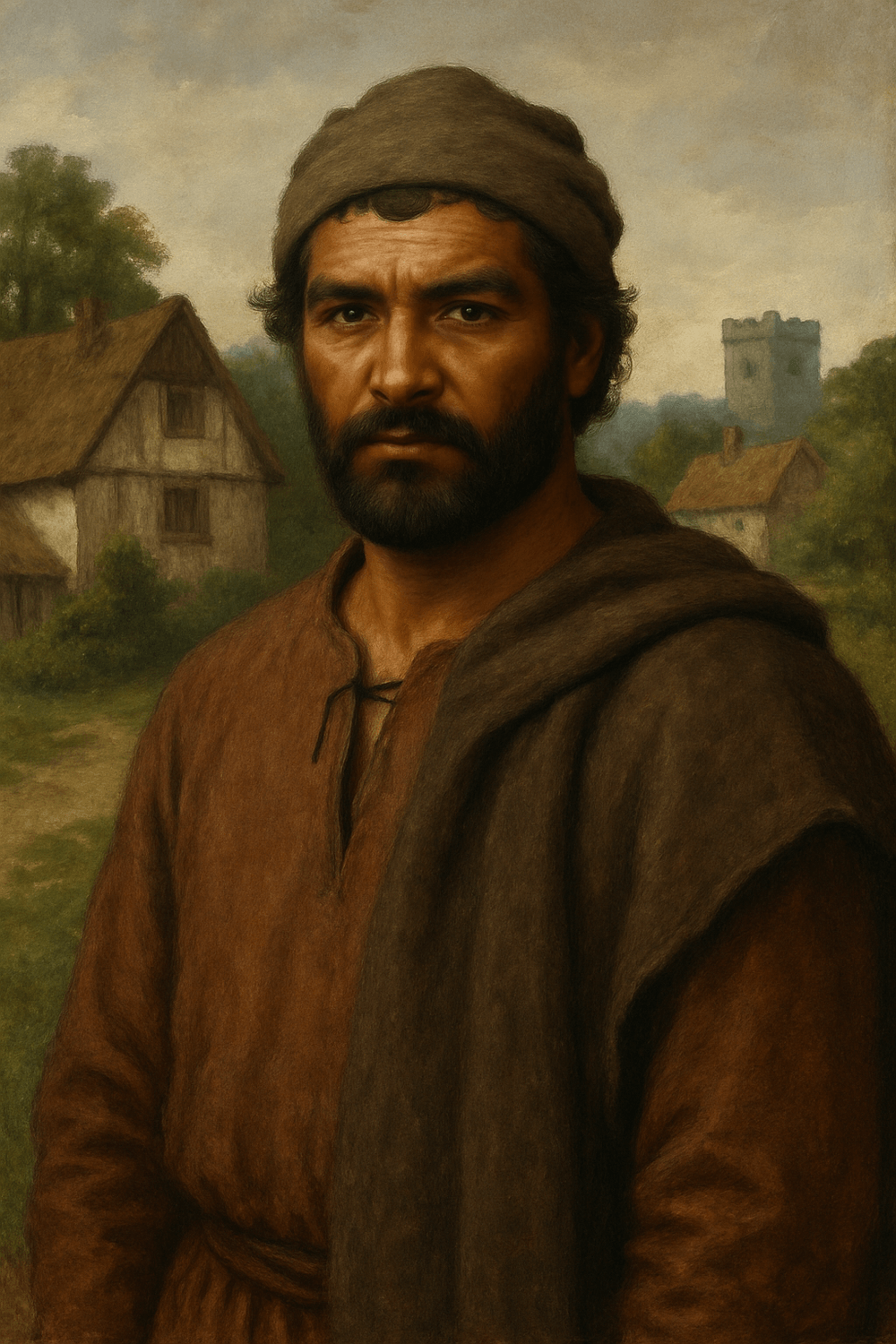
Figure 2.
“Wendish Settler of Early England”
This AI-generated portrait is based on historical descriptions of the Wends — a Slavic people from Eastern Germany and Western Poland known for their darker skin, broad heads, and early alliance with Danish and Norse settlers. Place-names like Wendover, Wendlesbury, and Wendlesore (Windsor) reflect their foundational role in early Anglo-Saxon England. (Inspired by The Origin of the Anglo-Saxon Race, pp. 104–105).
They migrated with Danish and Norse allies, leaving behind clear evidence in English place-names like:
Wendover (Buckinghamshire)
Wendlesbury (Hertfordshire)
Windsor (originally Wendlesore) (p. 105)
These names indicate that Wendish tribes—brown-skinned and broad-headed—were not outsiders but co-founders of early English settlements.
The Black Vikings of Ireland and Wales
Irish and Welsh records identify two kinds of Vikings: Dubh-Ghenti (“Black Gentiles”) and Fionn-Ghenti (“Fair Gentiles”) (p. 114). In 852, the two groups fought near Dublin, and the Black Vikings won. In 987, a Norse chieftain named Gothrit invaded Anglesea with “black men” and took 2,000 captives, later ransomed back by a Welsh prince (p. 114).
These Black Vikings were likely Wends or other dark-complexioned allies of Norse raiders. Supporting this, Norse sagas describe King Olaf Tryggvesson ruling over “Vindland” (Wendland) and then leading campaigns against the British Isles (p. 115).
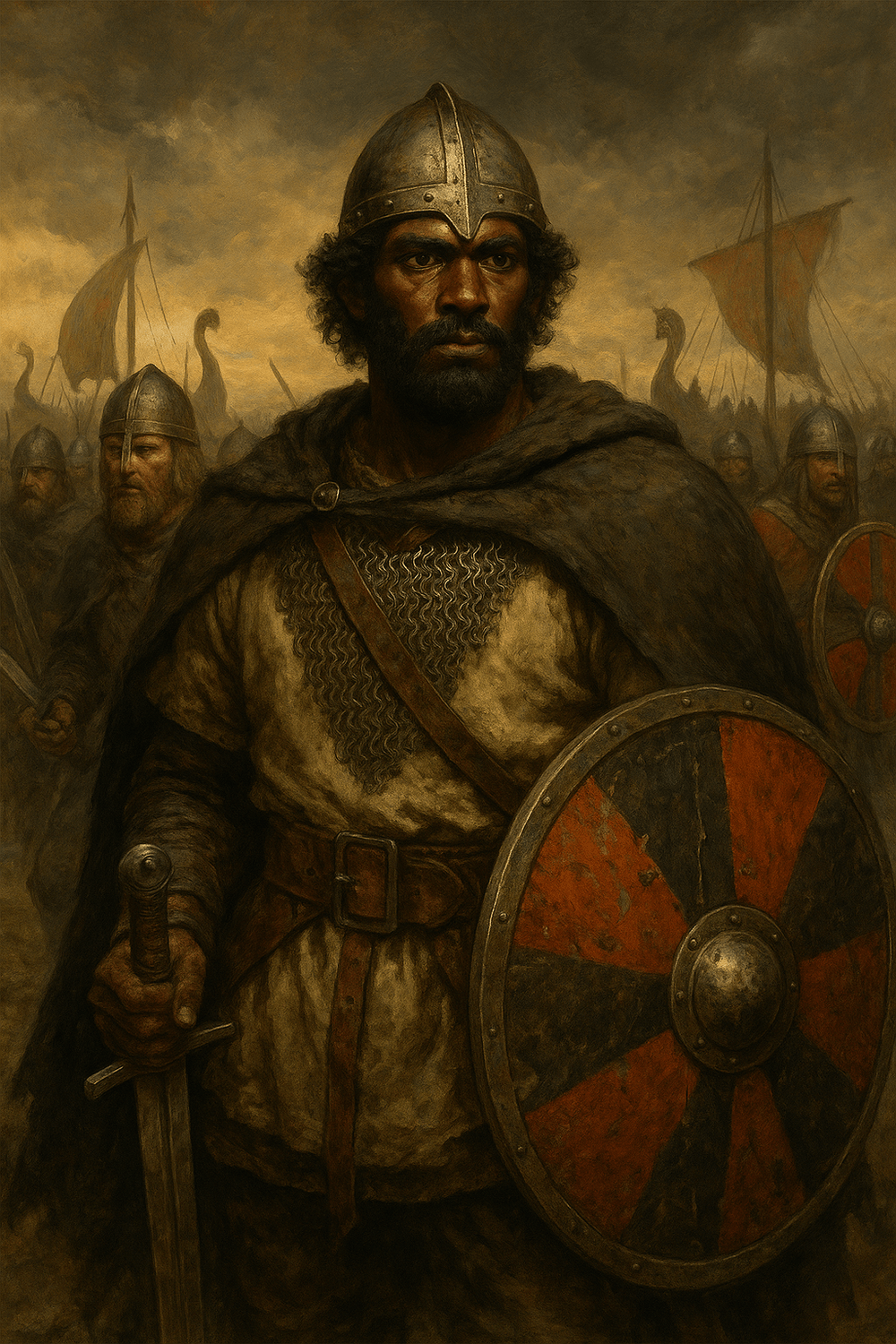
Figure 3.
“Dubh-Ghenti: The Black Vikings of the Isles”
This AI-generated depiction is inspired by early Irish and Welsh records describing the Dubh-Ghenti — “Black Gentiles” — dark-complexioned Viking warriors who allied with Norse raiders in the 9th and 10th centuries.These warriors played key roles in battles near Dublin and Anglesea and challenged modern assumptions of Viking ethnicity. (Based on The Origin of the Anglo-Saxon Race, pp. 114–115).
Names That Tell the Truth
Early English documents reveal personal names like Blacman, Blæcman, Suart, and Dun — literally meaning black or dark-brown (p. 111). These names appear across England in places such as:
Blacmannebergh (hill of the Black Man)
Blachemanestone (Black Man’s Stone)
Blachenhale, Blakenham, Blakesware (p. 111–112)
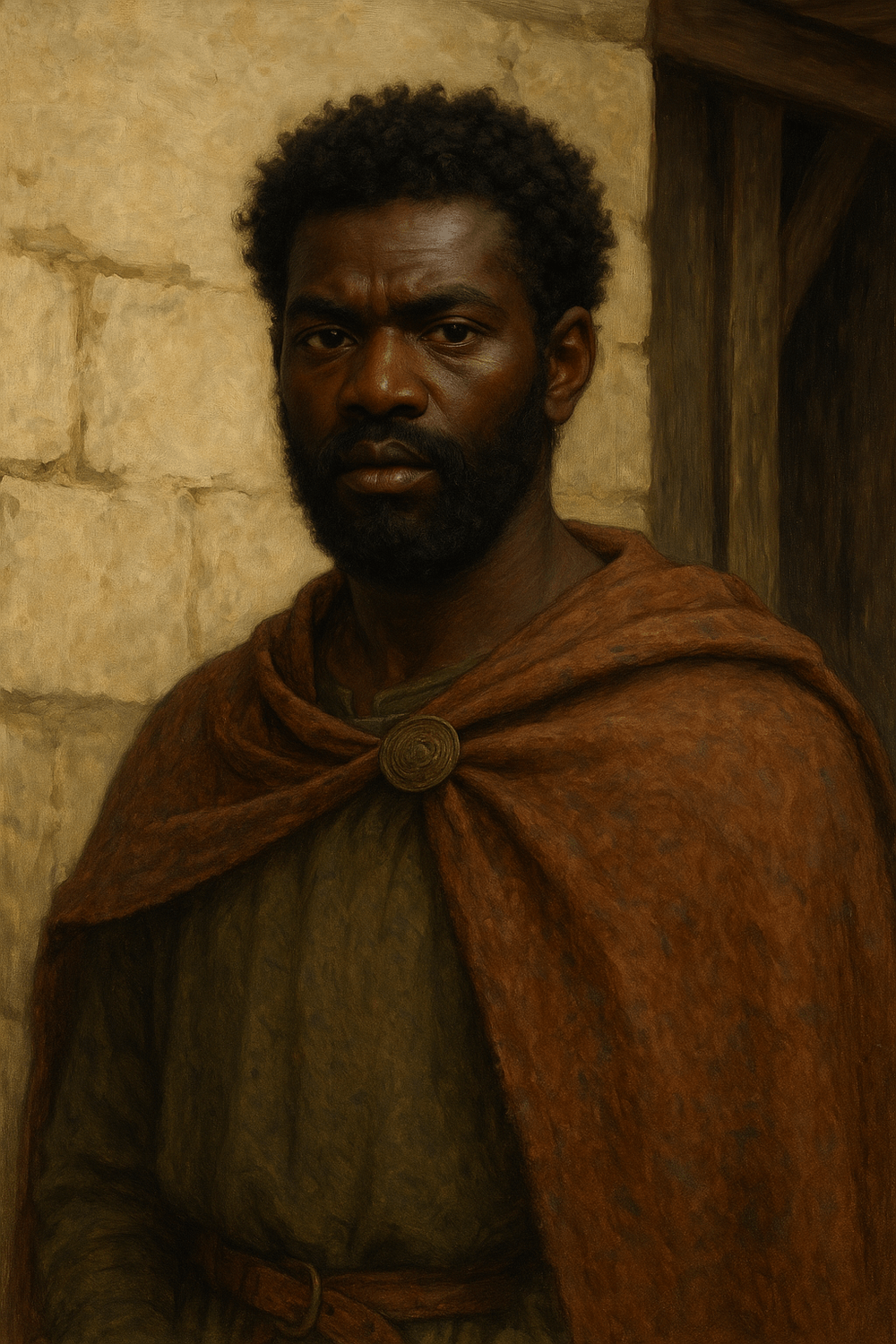
Figure 4.
“Blacman of Early England”
This AI-generated portrait is inspired by historical references to individuals named Blacman, Blæcman, and Suart found in early English records. These names — meaning black or dark-brown — appear in place-names like Blacmannebergh and Blakenham, offering strong evidence of dark-skinned inhabitants in Anglo-Saxon England. (Source: The Origin of the Anglo-Saxon Race, pp. 111–112).
These names were not metaphoric—they were descriptive. And significantly, Anglo-Saxon writers never used these names for the native Britons (Welsh), who were called Wealas — never “black” or “brown” (p. 112). This means the “black men” referenced were seen as distinct settlers, not native remnants.
What This Means for American Identity
The forgotten history of dark Anglo-Saxons dismantles the myth of a purely white Europe. Just as early Americans reclassified Indigenous Moors and dark-skinned town-dwellers as “Negro,” England did something similar: it absorbed swarthy tribes into a new political category — “Anglo-Saxon” — and erased the ethnic diversity underneath.
In reality, many so-called “white” people descend from darker ancestors, and many “Black” Americans descend from noble nations and confederacies that were simply renamed, relocated, or erased.
“Our Old English forefathers could not have been men of three ancient nations only, Jutes, Saxons, and Angles... These were but general names for tribal people in alliance... convenient names, but not ethnological designations.”
— (Shore, The Origin of the Anglo-Saxon Race, p. 116)
What happens when we look beyond color and begin tracing actual nations, names, and bloodlines? That’s the mission of Southern Roots — to restore the true ancestral record beneath colonial categories.
Let us know what you think in the comments!
